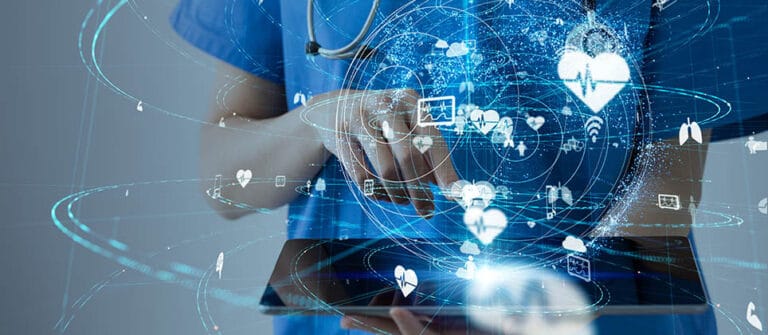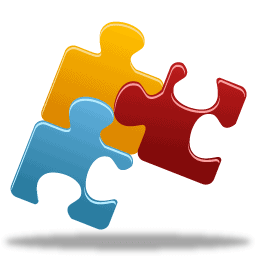IGEL Blog

Experts Share Insights on Securing Healthcare Environments at DISRUPT on Tour
At IGEL, we understand the challenges that the healthcare sector faces today. That’s why we offer solutions that enable healthcare organizations to create the most secure and efficient IT environment that perfectly meets their needs. Through IGEL OS healthcare providers benefit from secure logins, stable connections, and flawless performance without compromising the health and well-being of their patients.
Recently, we demonstrated IGEL OS for healthcare environments in our offices in Augsburg, Germany, in partnership with deviceTRUST, HP, Lenovo, and LG. The purpose of the event was to showcase the importance of future-proofing IT environments to provide the best possible patient care. Our team presented various concepts, technologies, and solutions that can meet the strictest requirements for safety, availability, and cost-effectiveness, which are vital in the healthcare sector.
During the event, we asked attendees about the most critical challenges facing healthcare organizations today. Their responses highlighted the importance of remote work, security, and cost pressure. Attendees emphasized the need for secure end devices and stable systems to support remote work. They also noted that on-site presence is still required for medical care. Furthermore, they stressed the importance of transparent login to ensure user acceptance of security measures, with data security being a top priority. Other important points raised included managing endpoints outside the network, the importance of manageability, and the need for two-factor authentication and biometric tokens for client security.
Ransomware is an ongoing threat
When asked about the specific challenges and opportunities for their organizations in 2024, attendees’ responses included the need for ISO certification and process customization to mitigate risks. Ransomware was identified as an ongoing threat, which in one case is being addressed by implementing LAN segmentation, zero trust mechanisms, and attack detection software. To prevent unauthorized executable files, one organization is restricting users from launching these types of files. The company is also implementing software solutions, such as XDR, training employees/raising awareness on cybersecurity, and deploying thin clients to improve protection.
When explaining the ransomware threat, one attendee who uses Citrix in combination with IGEL OS and Windows 10/11-powered endpoints said: “Our systems are largely protected from attacks and unauthorized access by technical measures such as firewall, proxy, 3-stage filtering of emails with a sandbox for email attachments, MFA, conditional access and administrative measures such as a role-based authorization concept and much more.”
The user is still the weakest link
They continued, “We regularly have penetration tests carried out to uncover security gaps and vulnerabilities, which we can then specifically close. In addition, all user data is secured via a system that technically prevents the backups from being compromised. There is no such thing as 100% security if people have access to the systems – the user is always the weakest link in the security chain. Ultimately, it is a matter of time when it hits us. However, we feel quite well prepared with our security measures.”
Overall, attendees enjoyed the event, with one organization saying, “The lectures were very interesting, and the customer presentations were very good. It was a relaxed environment for the exchange of ideas with manufacturers and customers.”
For more information on how IGEL is helping healthcare organizations achieve better patient outcomes with a simpler and more secure end-user computing approach visit: https://en-staging.igel.com/customer-stories/healthcare/.


